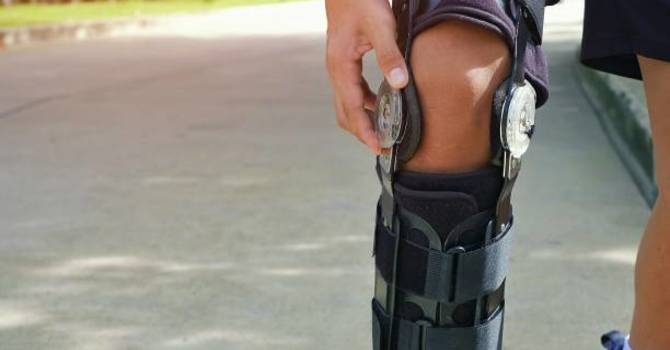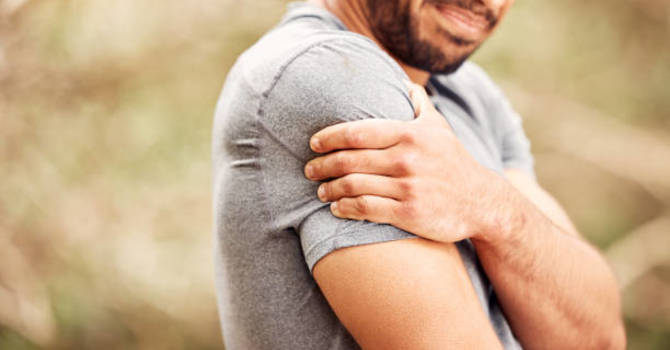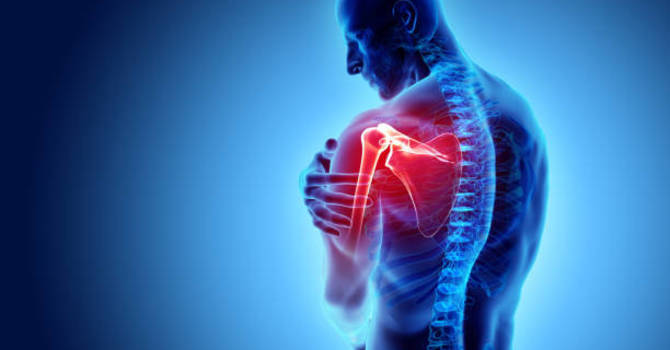Golf is more than just a game; it's a passion that brings joy, relaxation, and challenge. However, for many golfers, shoulder pain can turn a beloved pastime into a source of discomfort and frustration. At Tulsi Wellness Club, we’re committed to helping you enjoy every swing without the burden of shoulder pain. In this article, we’ll explore the causes of golf shoulder pain, effective treatment options, and innovative approaches, including regenerative medicine, to help you get back to your best game.
Understanding Golf Shoulder Pain
Golf shoulder pain is a common issue among players, often resulting from the repetitive motions and stress associated with the sport. The dynamic and repetitive nature of a golf swing can lead to various shoulder problems, including:
- Rotator Cuff Strain: The rotator cuff is a group of muscles and tendons that stabilize the shoulder. Repetitive swinging can lead to strain or tears in these structures.
- Shoulder Impingement: This occurs when the tendons of the rotator cuff become irritated or compressed as they pass through the shoulder joint.
- Shoulder Bursitis: Inflammation of the bursa, a fluid-filled sac that reduces friction between bones and soft tissues, can cause pain and stiffness.
- Labral Tears: The labrum is a cartilage ring that provides stability to the shoulder joint. Golfers may experience labral tears due to the stress of the golf swing.
Treatment Options for Golf Shoulder Pain
Effective management of golf shoulder pain involves a combination of rest, rehabilitation, and possibly advanced medical treatments. Here’s a comprehensive approach to treating shoulder pain:
1. Rest and Activity Modification
Initially, it's crucial to give your shoulder time to heal. Avoid activities that exacerbate the pain, such as golfing or heavy lifting. Opt for gentle range-of-motion exercises and avoid movements that strain the shoulder further.
2. Physical Therapy
Physical therapy can play a significant role in recovery. A physical therapist can guide you through exercises designed to strengthen the shoulder muscles, improve flexibility, and correct any imbalances. Key components of physical therapy include:
- Stretching Exercises: To improve flexibility and range of motion.
- Strengthening Exercises: To build strength in the rotator cuff and surrounding muscles.
- Manual Therapy: Techniques like massage and joint mobilization to relieve pain and improve function.
3. Ice and Heat Therapy
Applying ice to the shoulder can help reduce inflammation and numb the pain. Use ice packs for 15-20 minutes several times a day, especially after activity. Heat therapy, such as warm compresses or heating pads, can also be beneficial for relaxing tight muscles and improving blood flow.
4. Anti-Inflammatory Medications
Over-the-counter medications such as ibuprofen or naproxen can help manage pain and reduce inflammation. Always use these medications as directed and consult with a healthcare provider for long-term use.
Innovative Treatment: Regenerative Medicine
For golfers experiencing persistent shoulder pain or significant injury, regenerative medicine offers promising options. These advanced treatments focus on healing and regenerating damaged tissues, potentially providing long-lasting relief. Here are some regenerative medicine approaches:
1. Platelet-Rich Plasma (PRP) Therapy
PRP therapy involves injecting a concentration of platelets from your own blood into the injured area. Platelets contain growth factors that can help accelerate the healing of damaged tissues, including tendons, ligaments, and muscles. This treatment is particularly useful for rotator cuff injuries and tendinitis.
2. Stem Cell Therapy
Stem cell therapy uses stem cells derived from your own body (such as from bone marrow or adipose tissue) to promote tissue repair and regeneration. This therapy can be effective for repairing damaged cartilage, tendons, and other shoulder structures.
3. Prolotherapy
Prolotherapy involves injecting a solution (often containing dextrose) into the injured area to stimulate the body’s natural healing response. This can help repair damaged ligaments and tendons and is particularly beneficial for chronic shoulder pain.
Prevention and Maintenance
Preventing golf shoulder pain is key to long-term enjoyment of the sport. Consider incorporating the following strategies into your routine:
- Warm-Up Properly: Always perform a thorough warm-up before hitting the course to prepare your shoulder muscles and joints.
- Strengthen Your Shoulders: Regular strength training can help support the shoulder joint and prevent injuries.
- Use Proper Technique: Ensure that your golf swing mechanics are correct to reduce undue stress on your shoulder.
- Invest in Quality Equipment: Make sure your golf clubs are suited to your body and swing style to minimize strain.
At Tulsi Wellness Club, we’re dedicated to helping you address and manage golf shoulder pain effectively. Whether through traditional methods or cutting-edge regenerative treatments, our goal is to help you return to the sport you love with renewed comfort and confidence. For personalized advice and treatment options tailored to your needs, don’t hesitate to reach out to us. Your best game awaits.




